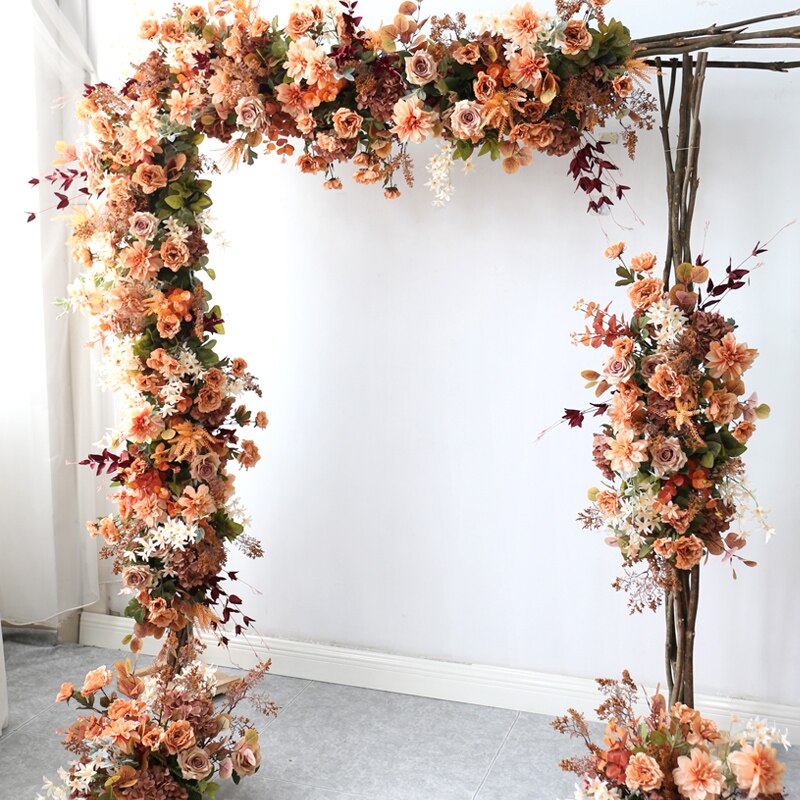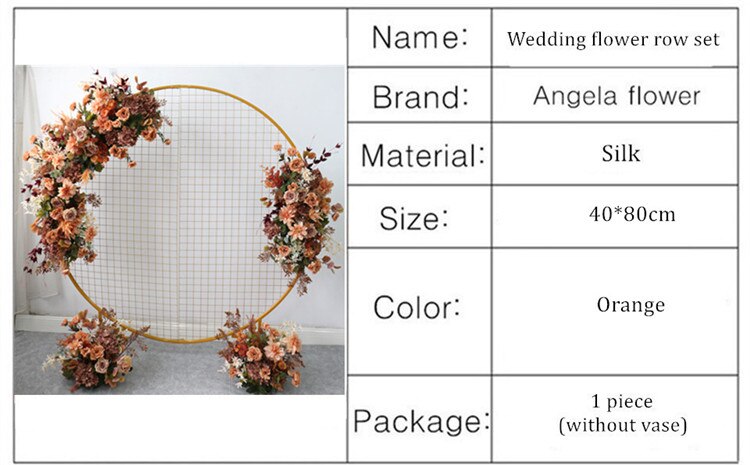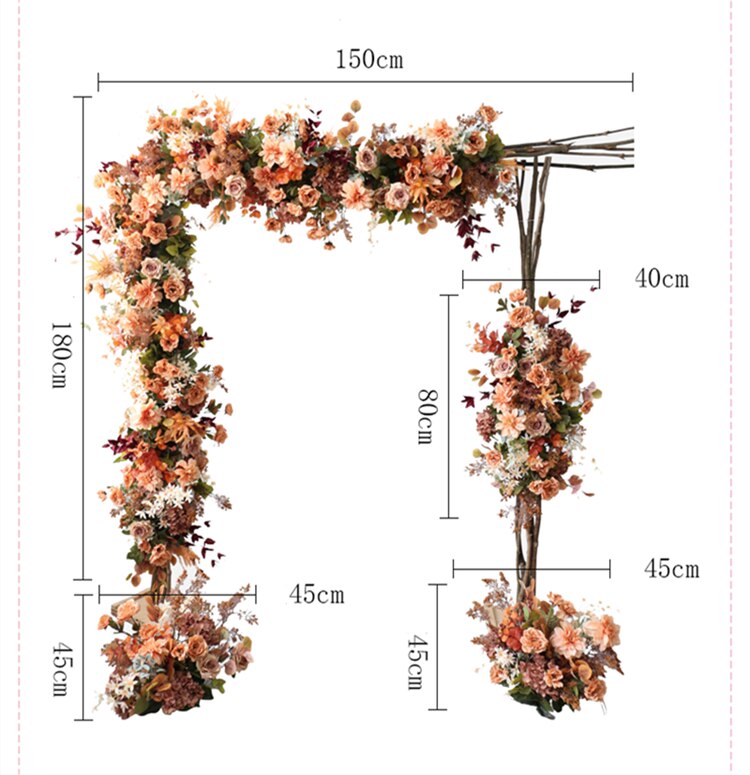What does the hexagon mean at a wedding?
In the context of weddings, the hexagon does not have a specific symbolic meaning. It is not a widely recognized symbol or tradition associated with weddings. The use of hexagons in wedding decorations or motifs may vary depending on personal preferences or cultural influences.
1、 Symbol of unity and balance in marriage ceremonies.
The hexagon is a symbol of unity and balance in marriage ceremonies. It represents the coming together of two individuals to form a strong and harmonious union. The hexagon is a geometric shape with six sides, each representing a different aspect of a successful marriage.
Firstly, the hexagon symbolizes unity. Just as the sides of a hexagon are connected, a marriage is a bond between two people who are committed to supporting and loving each other. It signifies the joining of two separate lives into one shared journey.
Secondly, the hexagon represents balance. The shape is symmetrical and evenly distributed, highlighting the importance of balance in a marriage. It reminds couples to maintain equilibrium in their relationship, ensuring that both partners have equal say, respect, and support.
Furthermore, the hexagon can also symbolize the interconnectedness of various aspects of a marriage. Each side of the hexagon can represent different elements such as love, trust, communication, compromise, friendship, and intimacy. These aspects are essential for a successful and fulfilling marriage, and the hexagon serves as a reminder to nurture and maintain each of these components.
In a modern context, the hexagon at a wedding can also represent inclusivity and diversity. It signifies the coming together of two individuals from different backgrounds, cultures, or beliefs, and celebrates the beauty of diversity within a marriage.
Overall, the hexagon is a powerful symbol that encapsulates the essence of a strong and balanced marriage. It reminds couples of the importance of unity, balance, and interconnectedness, and serves as a visual representation of the commitment they are making to each other.

2、 Represents harmony and stability in the couple's relationship.
The hexagon is a symbol that holds significant meaning in various cultures and contexts. When it comes to weddings, the hexagon represents harmony and stability in the couple's relationship. This geometric shape is often associated with balance and unity, making it a fitting symbol for the union of two individuals.
The hexagon's six equal sides and angles create a sense of symmetry and equilibrium. It symbolizes the coming together of two people who are equal partners in their relationship. The hexagon represents the idea that both individuals bring their unique qualities and strengths to the marriage, creating a harmonious and balanced union.
Furthermore, the hexagon is a symbol of strength and resilience. Just as the shape is sturdy and stable, it signifies the couple's ability to withstand challenges and overcome obstacles together. It represents the couple's commitment to supporting and uplifting each other, even in difficult times.
In recent times, the hexagon has gained additional significance in the context of sustainability and environmental consciousness. The shape is often associated with the honeycomb structure found in beehives, which represents community, cooperation, and efficiency. Some couples may choose to incorporate the hexagon into their wedding decor as a nod to their commitment to living a sustainable lifestyle and building a strong community around them.
Overall, the hexagon at a wedding represents the couple's desire for harmony, stability, and balance in their relationship. It symbolizes their commitment to supporting each other and creating a strong foundation for their future together.

3、 Signifies the six essential elements of a successful marriage.
The hexagon at a wedding is a symbol that signifies the six essential elements of a successful marriage. Each side of the hexagon represents a different aspect that is crucial for a strong and lasting relationship. These elements include love, trust, communication, commitment, compromise, and respect.
Love is the foundation of any marriage, as it brings two individuals together and creates a deep emotional connection. Trust is essential for a healthy relationship, as it allows partners to rely on each other and feel secure in their commitment. Communication is key to understanding each other's needs, desires, and concerns, fostering a strong emotional bond.
Commitment is the dedication to work through challenges and stay together, even during difficult times. Compromise is necessary to find common ground and make decisions that benefit both partners. Respect is fundamental in treating each other with kindness, empathy, and understanding.
In the latest point of view, the hexagon at a wedding can also represent the importance of equality and partnership in a marriage. It signifies the need for both partners to contribute equally to the relationship, sharing responsibilities and supporting each other's goals and aspirations. This perspective emphasizes the importance of mutual respect and collaboration in building a successful and fulfilling marriage.
Overall, the hexagon at a wedding serves as a reminder of the essential elements that contribute to a strong and lasting marriage. It symbolizes the importance of love, trust, communication, commitment, compromise, and respect, as well as the need for equality and partnership in modern relationships.

4、 Reflects the six stages of a lifelong commitment in marriage.
The hexagon symbolizes various meanings at a wedding, each representing different aspects of a lifelong commitment in marriage. Traditionally, the hexagon is believed to reflect the six stages of a marriage, which are love, trust, commitment, communication, intimacy, and forgiveness. These stages are considered essential for a successful and enduring relationship.
Love is the foundation of any marriage, representing the initial attraction and affection between two individuals. Trust is the next stage, emphasizing the importance of honesty, reliability, and faith in one another. Commitment follows, signifying the dedication and loyalty to the relationship, promising to support and stand by each other through thick and thin.
Communication is a crucial stage, highlighting the significance of open and effective dialogue between partners. It involves active listening, understanding, and expressing emotions and needs. Intimacy represents the emotional and physical connection between spouses, fostering closeness, and vulnerability. Lastly, forgiveness is essential for resolving conflicts and moving forward, acknowledging that mistakes are a part of any relationship.
In a modern context, the hexagon at a wedding may also symbolize additional aspects such as equality, balance, and harmony. It represents the equal partnership between spouses, emphasizing the importance of shared responsibilities and decision-making. Furthermore, the hexagon signifies the balance between individuality and togetherness, recognizing that each partner brings their unique qualities and strengths to the relationship. It also represents the harmony that can be achieved when both partners work together towards a common goal.
Overall, the hexagon at a wedding serves as a reminder of the various stages and elements that contribute to a lifelong commitment in marriage. It symbolizes the importance of love, trust, commitment, communication, intimacy, and forgiveness, while also encompassing the evolving perspectives and values of modern relationships.











































Leave your comment